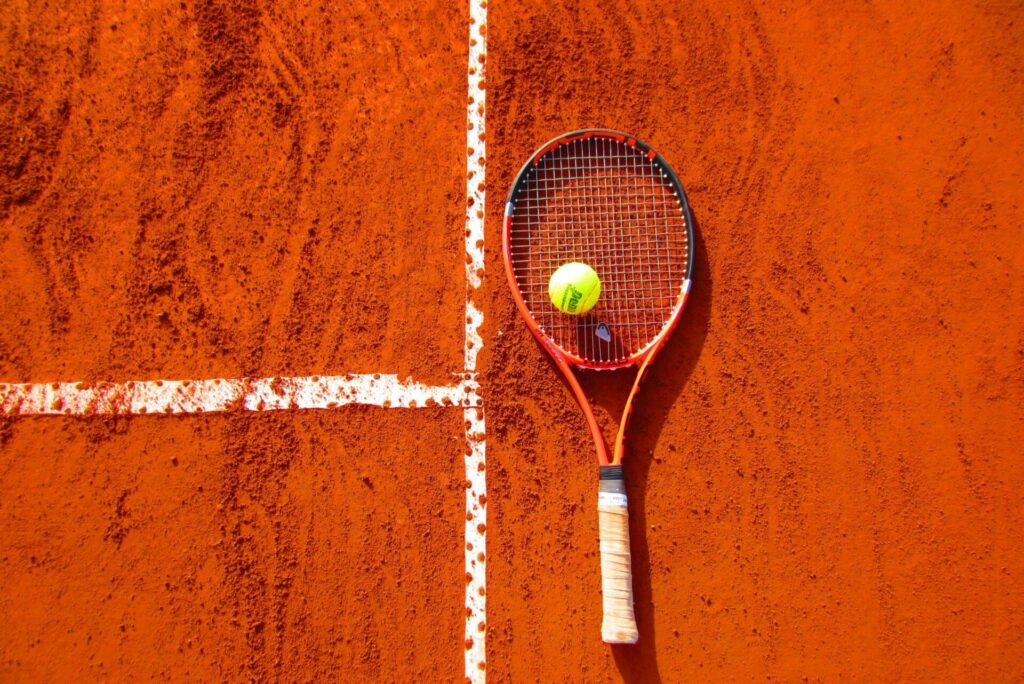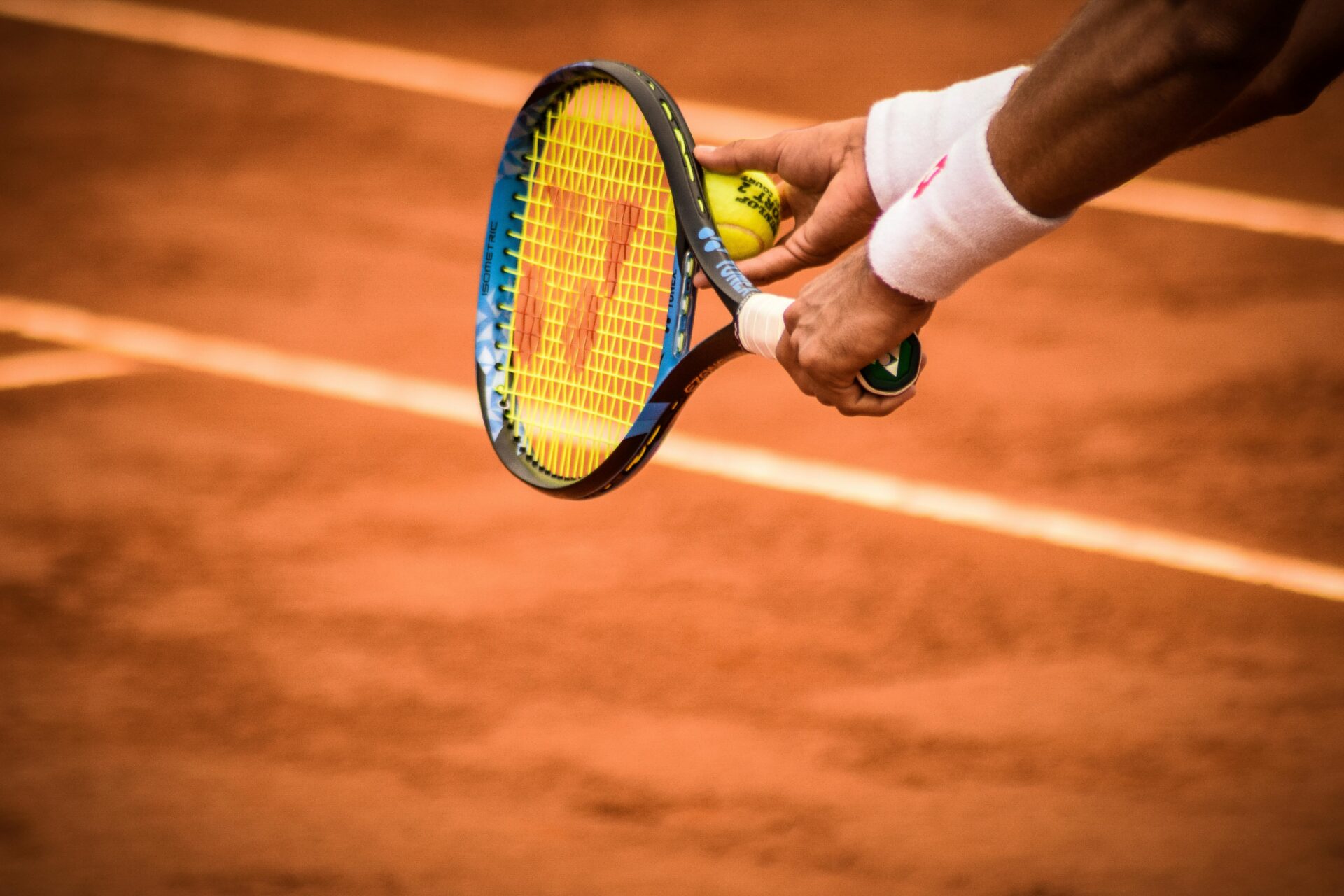
There are many advantages to using models to predict game scores. Enhanced decision-making, better performance analysis, data-driven insights, and performance allocations are a few of these advantages. On the other hand, there are numerous models available for use by anybody. To fully realize their potential and make accurate game score predictions, it is crucial to comprehend the unique characteristics and operational mechanisms of each one. We will examine three distinct models for predicting tennis scores in this article.
Three Separate Models for Predicting Tennis Scores
Here are three distinct models used in accurately predicting tennis scores.
Statistical model
The statistical model forecasts tennis scores by utilizing a number of statistical techniques and principles. A statistical model’s development process begins with data collection.
Comprehensive data about tennis matches is gathered at this point. Following this, the salient characteristics that are most likely to affect the results of games are determined. The data is preprocessed after identification to guarantee quality and suitability for analysis. A thorough selection of the statistical algorithm to be used is done before analysis begins. To select a statistical algorithm, however, the particulars of the prediction task are taken into account. In choosing an algorithm, the appropriate technique is used to ensure that the prediction is accurate. Among the advantages of using statistical models are improved accuracy and the supply of an objective foundation for decision-making. Choosing professionals like The Sports Prophets to handle this process on your behalf is a wise, accurate, and time-saving decision because it can be difficult and require expert input.
Machine learning model of predicting tennis scores
Machine learning models use sophisticated algorithms to analyze data and forecast the results of sporting events. Comprehensive data with pertinent variables is gathered for this model. The data includes, among other pertinent elements, player statistics, team performance metrics, and past game results. Following the process of gathering data, the pertinent features are meticulously chosen and processed in order to feed the raw data into the machine learning model for predicting tennis scores. From here, score outcomes can be predicted using a variety of machine learning algorithms. Some of the machine learning algorithms to choose from are regression algorithms, classification algorithms, and ensemble methods. After the algorithm is chosen, it is trained using past data to identify trends and connections between the input features and the results of games. Next, performance metrics are used to assess the trained model. This stage makes sure the model produces accurate predictions and has good generalization to new data. Selecting a machine learning model yields improved scalability, automation, adaptability, accuracy, and insight generation when predicting tennis scores.
Match dynamics model
One model that aims to capture the sequential nature of sporting events is the match dynamics model. This model takes into account the game’s temporal evolution, capturing the progression of events over time as well as the order in which players or teams move during a match. Furthermore, the model makes use of state transition probabilities to forecast the game’s progression between states. Additionally, the way players interact with one another while playing tennis and during a match is examined. These dynamics are applied to model sequential decision-making processes based on analysis of these different events. This model provides coaches, players, and fans with useful insights and makes real-time predictions about game scores and outcomes as the tennis match progresses. This model’s capacity to update predictions in response to shifting player performance and game conditions is one of its distinctive features. Using a match dynamics model in predicting tennis scores has several advantages such as providing a competitive edge, strategic planning, in-game decision support, performance evaluation, and granular insight.
Conclusion
Three distinct models for predicting tennis scores with accuracy have been examined in this article. It is recommended that anyone involved in the prediction process learn about the different kinds of models that are available and choose one that they feel suits their needs.













